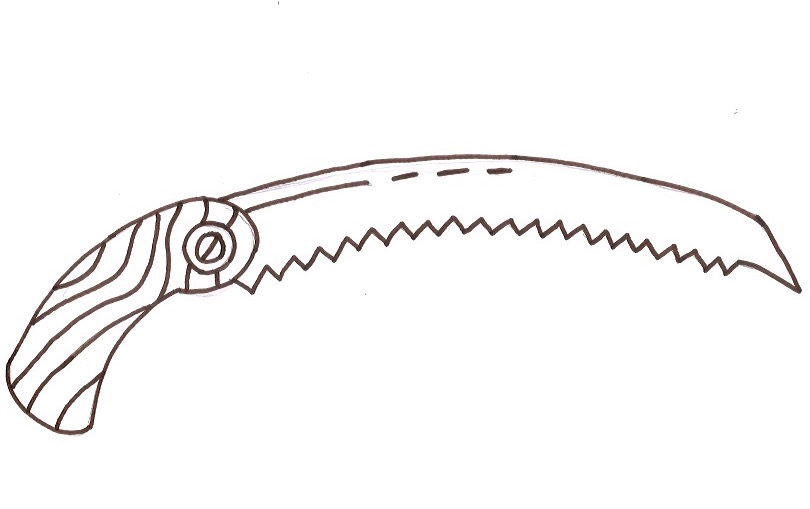Michael A. Dirr, that demigod of woody trees and shrubs, tells us in “Dirr’s Woody Trees and Shrubs, An illustrated Encyclopedia,” that “a red maple from Florida will die in Maine.” Even though Red Maples are the most widely distributed of the maple species-the word that Dirr uses is cosmopolitan-they are perhaps the most provincial as well. Apparently, they do not make good carry-ons.
And speaking of carry-ons, Donald Culross Peattie says in his definitive work “A Natural History of North American Trees” that to see a stand of Red Maples from the window of an airplane in late winter will remind us of the promise of spring. There is hope in plump red buds, and especially at cruising altitude. The fall color, he says, is second only to the Sugar Maple, but in terms of geographic range, it is the victor of the species. The Peterson Field Guide of Trees and Shrubs lists it spreading all the way to East Texas. Peattie says it is central Texas. I have a brother in law that lives in Plano. He is originally from Michigan. He has resided in Chicago, New York and New Jersey as well. At every home he has lived in he could look out the window and see a Red Maple.
Peter Del Tredici, in his seminal work “Wild Urban Plants of the Northeast,” has indexed the Red Maple with the Sycamore Maple. He tells us the it is tolerant of salt, tolerant of shade and tolerant of dry sites. It is, by all accounts, a tolerable tree. The overall tone of his guidebook suggests that for a warming climate, it is a tree for the future.
Michael Dunn, of Brandywine Urban Forestry Consultants, when asked to describe the Red Maple with one word, chose the term “durable”.
Christopher Uhland, nurseryman and owner of Harmony Hills Nursery, LLC, one of the few production nurseries remaining in Southeast Pennsylvania, describes the Red Maple as “multifaceted”. Uhland echoes Del Tredici but with a deeper shade of red, saying that the Red Maple “handles abuse from limited soil space, radiant heat, winter salt, human trash and physical abuse.”
The first tree I ever worked on as an arborist was a Pitch Pine. The second was a Red Maple. I have planted them, pruned them, cabled them and removed them. It would make sense if I have worked on Red Maple more than any other species of tree. The two most recent pruning projects that I have done involved Red Maples. The first project was an allee of 49 trees lining both sides of a long driveway entrance to a country estate. The objective was strictly light clearance in curtain application along the edges of the driveway. UPS and similar services were complaining about the friction upon deliveries, arguably an efficient form of mechanical control in its own right. I was able to prune 49 trees in 10 hours. Most cuts were under 1.5 inches in diameter, pole clipping or handsawing. Extremely light dosage. The homeowner specifically said before I started that he did not want to “go down a rabbit hole” with the project. I constantly looked at my watch and over my shoulder. It is a very important client. That’s 4.9 trees/hour, roughly 12.24 minutes per tree, including cleanup. I cabled one tree which took 2 hours. Red Maples can develop large scaffold limbs low in a decurrent crown and eventually end up with shear cracks or as large tear outs. The tree I cabled had a history of large tear out and a current story of bark inclusion, and it was also one of the largest specimens in the catalog. Totally worth it. Here I am going down the rabbit hole. It is an easy thing to do with 49 trees. The second project was structure pruning 3 Red Maples along, and I kid you not, Maple Street. I spent 5.5 hours (1.83 trees/hour) on those trees reducing scaffold limbs with large aspect ratios in order to manage branch-end weight and regulate growth. Medium dosage at 3 inch maximal diameter cuts. With this dosage, and a short pruning cycle, the structural dilemma of the species can be controlled. The trees in both pruning projects were, on average, similar in size. These two projects, in light of one another, are good examples of how provincial the maintenance demands of the Red Maple can be as well, even within the same area code. You can’t always have your cake and eat it too. It could have been worse, I could have been kicking my way through piles of trash.
Originally, the title of this piece was “Acer rubrum.” I’ve just now noticed that the auto correct feature changed it, as luck would have it, because the cutting edge technology did not recognize the specific epithet.






Leave a Reply
Your email is safe with us.